Stay Ahead of the Curve
Latest AI news, expert analysis, bold opinions, and key trends — delivered to your inbox.
Google's Search Generative Experience (SGE) Expands with Image and Draft Creation
3 min read Google's Search Generative Experience (SGE) now lets users create images and drafts from search queries, keeping pace with Microsoft's Bing Chat. AI-driven content creation is evolving. October 13, 2023 07:05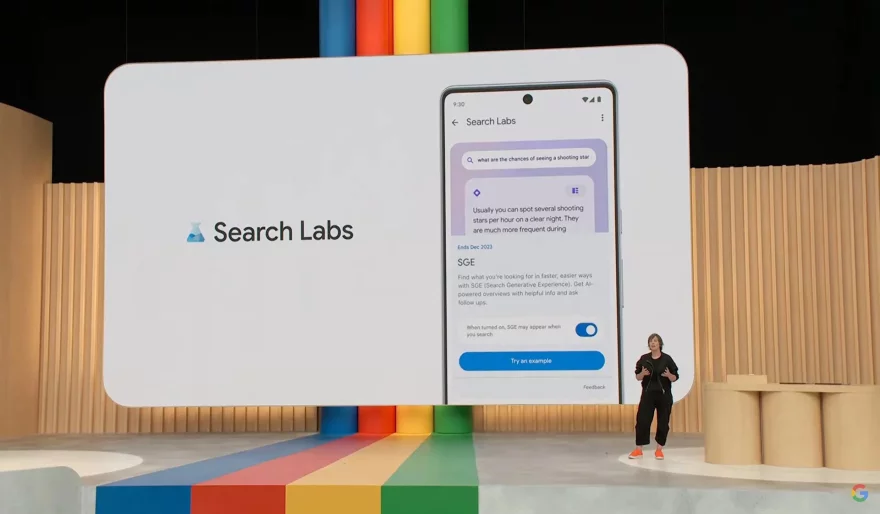
Google is making significant strides in its Search Generative Experience (SGE) program, allowing users to generate images and drafts directly from their search queries. This expansion comes in response to Microsoft's Bing Chat offering a similar capability with OpenAI's DALL-E model.
Here's how it works:
Image Generation:
If you're part of Google's Search Labs program, you can input a query into the Google search bar.
SGE generates images based on your prompt, which you can choose from.
The tool utilizes the Imagen family of AI models, aiming to enhance search results.
For instance, a user can request an image like "draw a capybara wearing a chef's hat and cooking breakfast" and receive an AI-generated image. It's even possible to refine the queries to influence the image creation process.
You can also generate AI-created images while browsing Google Images. A prompt might appear as you view the search results, allowing you to generate related images in a sidebar.
Google emphasizes responsible usage of the tool, committing to prevent images that violate the company's prohibited use policy for generative AI.
Every AI-generated image will have metadata labeling and embedded watermarking to indicate their AI origin. During this initial phase, Google restricts image generation that depicts photorealistic faces or notable individuals.
Image generation is limited to users aged 18 or older. Google plans to evaluate and evolve its approach over time.
Draft Generation:
SGE also offers the ability to generate written drafts directly from the search bar. Users can create drafts based on their queries, with options for length and tone (long, short, or casual). If the result is satisfactory, the draft can be exported to Google Docs or Gmail.
SGE draft generation is powered by a variety of Large Language Models (LLMs). These models use data from publicly available sources and human supervision data.
While SGE may not appeal to all users, these new features demonstrate Google's commitment to enhancing its search experience.
As of now, this expansion reinforces the role of AI in user content creation, making it more accessible and user-friendly.
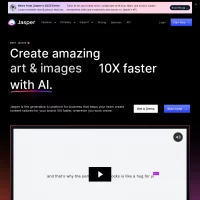
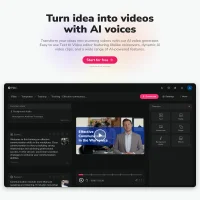
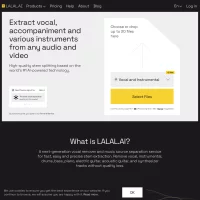
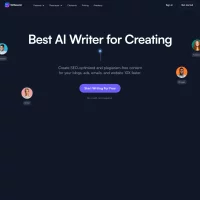
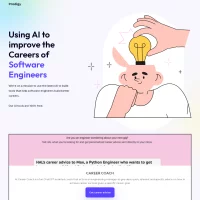


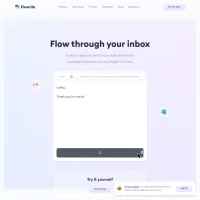

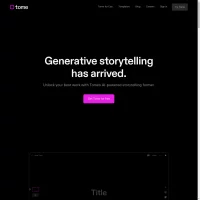

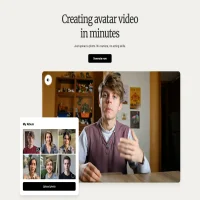

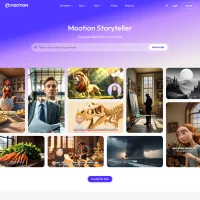
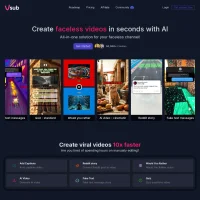


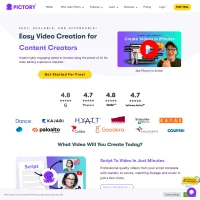
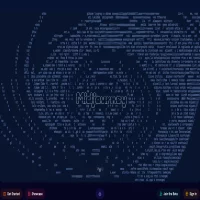
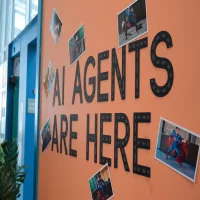 AI Agents
AI Agents